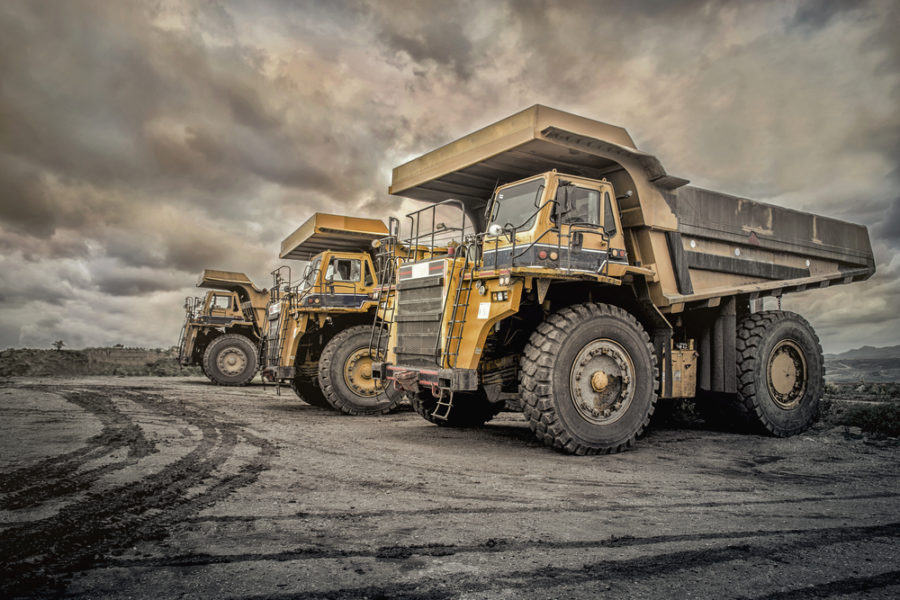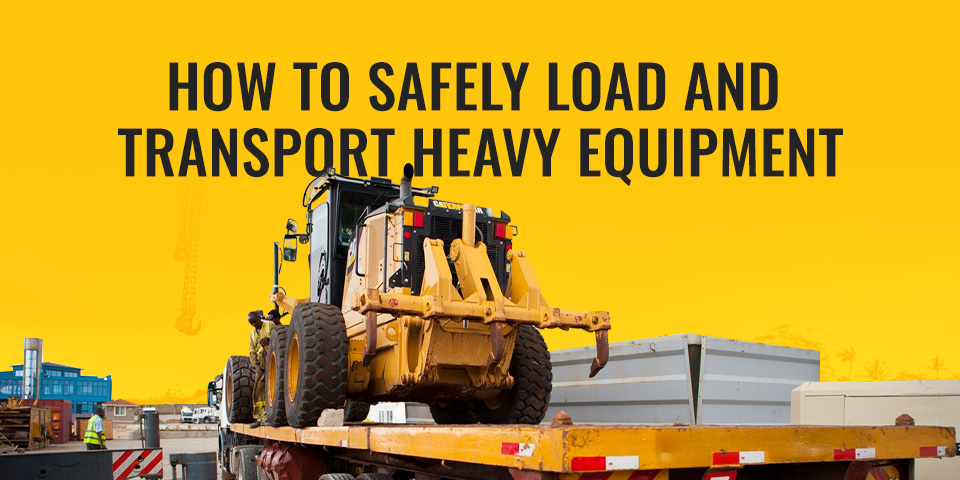Budget-friendly Dozer Rental Providers Near You
Budget-friendly Dozer Rental Providers Near You
Blog Article
Renting Vs. Buying Construction Equipment: Making the Right Selection for Your Project
When embarking on a building job, one of the important choices that predict supervisors and stakeholders encounter is whether to purchase or rent out construction equipment. The decision hinges on numerous factors such as cost factors to consider, job duration, equipment maintenance, adaptability, scalability, and risk monitoring.
Cost Factors To Consider
When examining the financial aspect of purchasing versus renting out building and construction devices, the long-term costs and ahead of time costs should be meticulously thought about. Leasing equipment commonly requires reduced preliminary payments contrasted to purchasing, making it an attractive alternative for temporary jobs or professionals with budget plan constraints. Leasing removes the demand for big funding investments and minimizes the economic threat connected with tools possession, such as upkeep and devaluation costs. Nonetheless, over time, constantly leasing devices can accumulate higher prices than acquiring, especially for extended projects.
On the various other hand, acquiring building and construction tools entails greater upfront prices yet can result in long-term financial savings, especially for long-term tasks or regular users. Inevitably, the choice in between leasing and getting building and construction tools hinges on the task's duration, frequency of use, spending plan factors to consider, and lasting monetary goals.
Task Period

Alternatively, for lasting tasks or continuous building and construction work, buying tools could be the a lot more cost-effective option. Purchasing equipment can bring about cost financial savings in the future, especially if the equipment will be often utilized. In addition, having tools gives a sense of control over its availability and enables modification to fit details job requirements.

Equipment Upkeep
Provided the critical role job duration plays in establishing one of the most cost-effective approach in between acquiring and renting out building devices, the focus currently moves in the direction of analyzing the crucial facet of equipment maintenance. Proper upkeep is important for ensuring the ideal efficiency and long life of construction devices. Renting out equipment usually features the advantage of having actually properly maintained equipment provided by the rental company. This can ease the worry of maintenance jobs from the project proprietor or specialist, saving effort and time. On the other hand, owning equipment requires a proactive method to upkeep to avoid failures, guarantee security, and prolong the tools's life expectancy. Routine inspections, servicing, and prompt fixings are essential to keep owned devices in leading functioning condition. Consider maintenance costs when choosing in between acquiring and leasing, as disregarding upkeep can lead to expensive fixings, downtime, and task hold-ups. Inevitably, a properly maintained construction equipment fleet, whether rented or possessed, is important for the efficient and effective conclusion of building tasks.
Adaptability and Scalability
In the realm of building and construction tools monitoring, the facet of versatility and scalability holds substantial importance for job efficiency and source utilization. Choosing to lease building and construction tools supplies a high degree of flexibility as it permits the blog fast adjustment of tools kinds and quantities based on the developing requirements of a job. Renting enables service providers to access a variety of specific devices that might be required for specific tasks without the long-lasting commitment of possession. This versatility is especially helpful for projects with differing needs or unpredictable periods (scissor lift rental).
Additionally, scalability, one more vital variable, is inherently linked to flexibility. Leasing construction devices uses the benefit of easily scaling operations up or down as job demands vary. Service providers can swiftly add or trade devices to match the task's transforming needs without the restrictions of having properties that might end up being underutilized or out-of-date. This ability to range sources successfully can lead to cost financial savings and boosted project timelines, making leasing a positive choice for tasks calling for versatility and responsive resource allocation.
Threat Monitoring
Effective risk management in construction equipment procedures is extremely important to making certain project success and mitigating possible economic losses. Building and construction projects inherently involve different this dangers, such as equipment break downs, accidents, and job delays, which can considerably impact the project timeline and budget plan. By carefully considering the risks linked with owning or renting out building and construction devices, job managers can make enlightened choices to minimize these prospective hazards.
Leasing construction equipment can supply a degree of risk reduction by moving the duty of repair and maintenance to the rental company. This can decrease the monetary burden on the task owner in instance of unanticipated tools failures (construction equipment rentals). Furthermore, leasing supplies the adaptability to gain access to customized tools for specific task stages, lowering the risk of owning underutilized equipment
On the other hand, possessing construction tools gives a feeling of control over its use and maintenance. Nevertheless, this likewise means birthing the full duty for repair work, upkeep expenses, and depreciation, increasing the economic risks connected with tools possession. Mindful risk evaluation and consideration of factors such as project duration, tools usage, and maintenance demands are essential in determining one of the most ideal choice for reliable risk management in building and construction tasks.
Final Thought
Finally, when determining between getting and renting out building and construction devices, it is essential to think about cost, job period, tools upkeep, scalability, adaptability, and threat management. Each aspect plays an important function in identifying one of the most appropriate alternative for the project available. By meticulously reviewing these facets, task managers can make an informed choice that lines up with their budget, timeline, and overall job goals.

Report this page